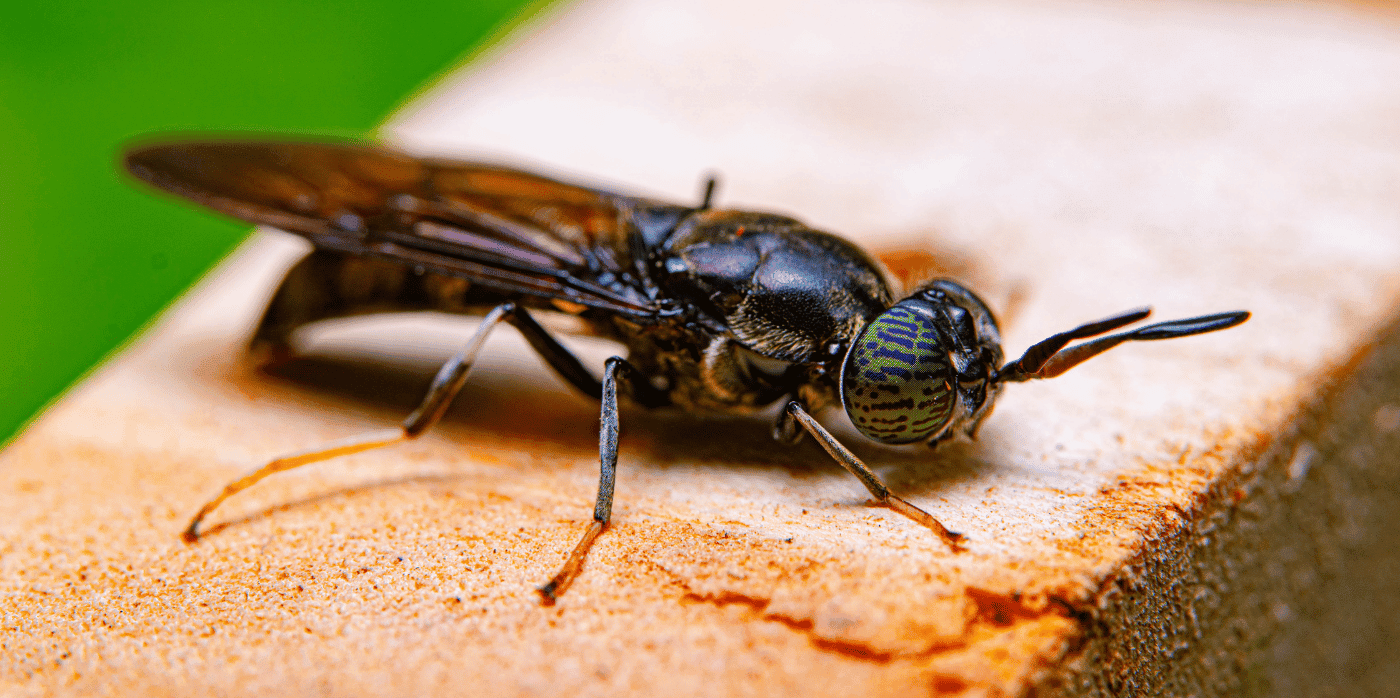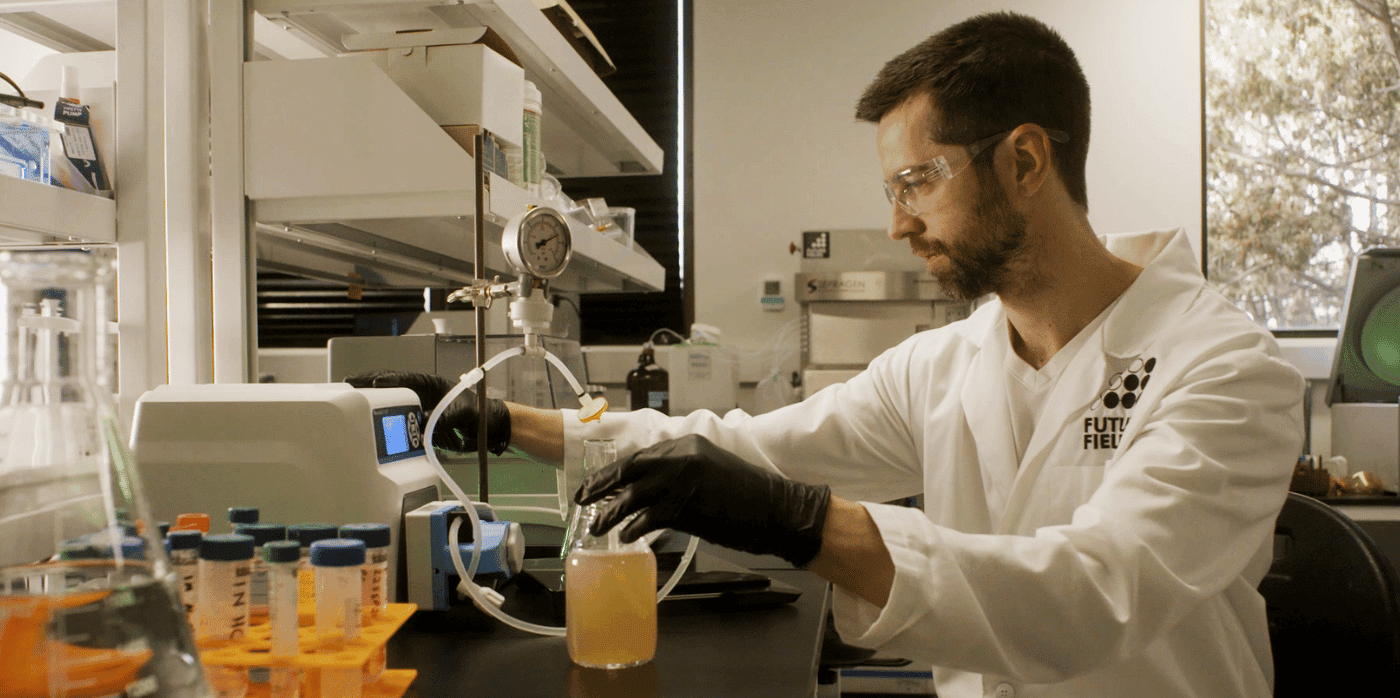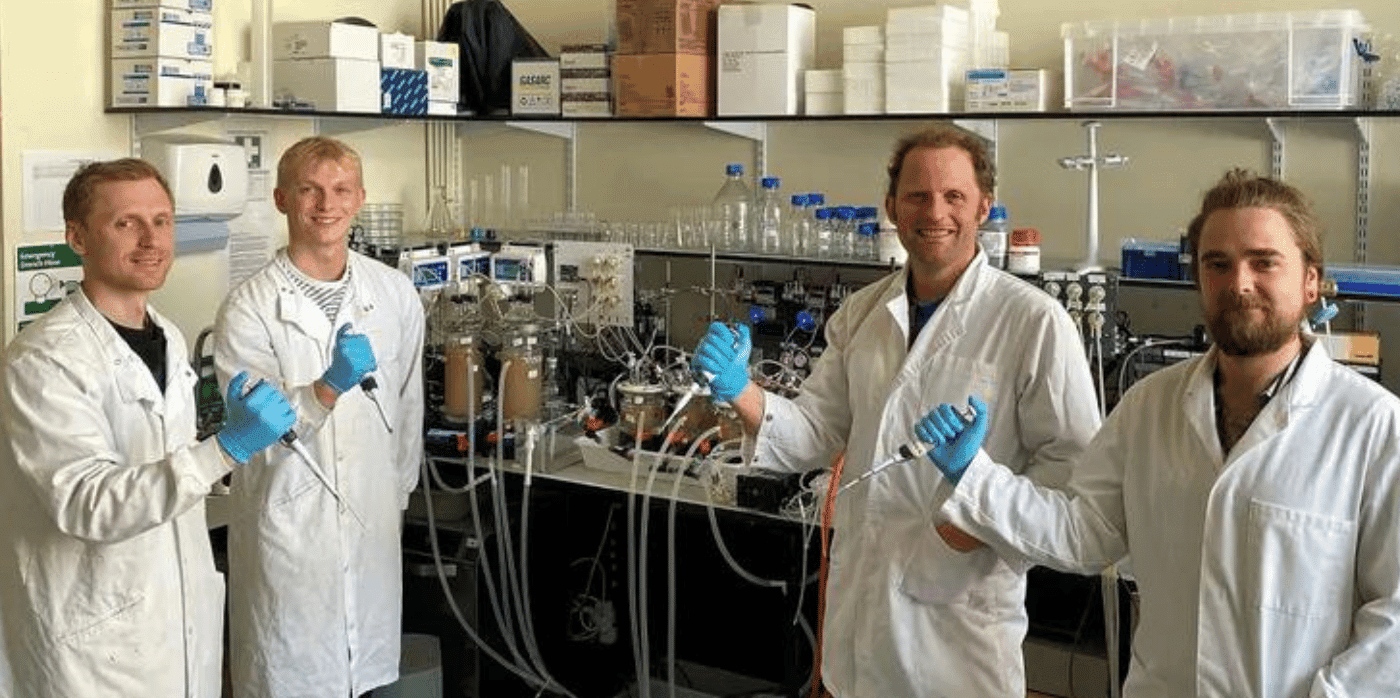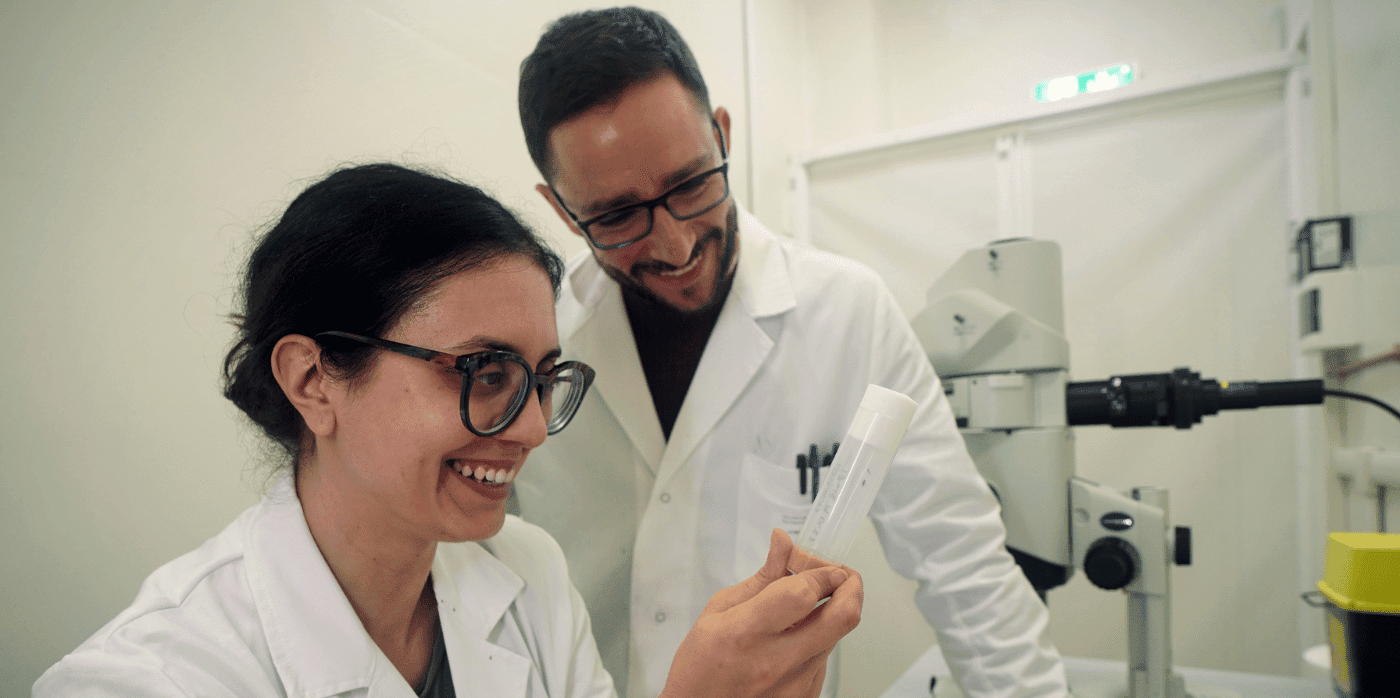Using insects to turn waste into valuable products

Spotted: According to a paper from the University of Minnesota’s Institute on the Environment, 36 per cent of the world’s crop calories are actually used for animal feed, which is an inefficient way of producing food. For example, it takes about 100 calories of grain to produce just 12 calories of chicken or three calories of beef. However, a biotech startup in India is developing a more efficient way to feed livestock – using insects.
Instead of growing grain, Loopworm farms black soldier flies and processes them into animal feed products. The insects are raised on food waste sourced from food processors, retail chains, and fruit markets. Once grown, the insects are processed into animal and fish feed.
The finished meal is high in protein, containing around 60 per cent crude protein. The company also claims that it is rich in bio-active peptides which promote anti-oxidative, anti-inflammatory, and anti-microbial properties. Because of this, it can be used as an ingredient in fish, poultry, and even pet food formulations as a replacement for fish meal. The feed also has a lower ash content than traditional meals, which makes it more digestible.
Co-founders Ankit Alok Bagaria and Abhi Gawri set up Loopworm to help solve India’s food waste problem. Bagaria explains: “Our major concern was that we had a significant amount of food waste in India … and there wasn’t much of a meaningful solution, where food waste is actually upcycled. There are solutions like composting, or biogas generation, which actually down cycles the product.”
Insect farming has been gaining traction in recent years as entrepreneurs and scientists search for alternative ways of producing protein for animal and human consumption. Some other innovations that Springwise has spotted include using insects to produce aquaculture feed, and a project that converts waste into animal feed using insects.
Written By: Lisa Magloff







